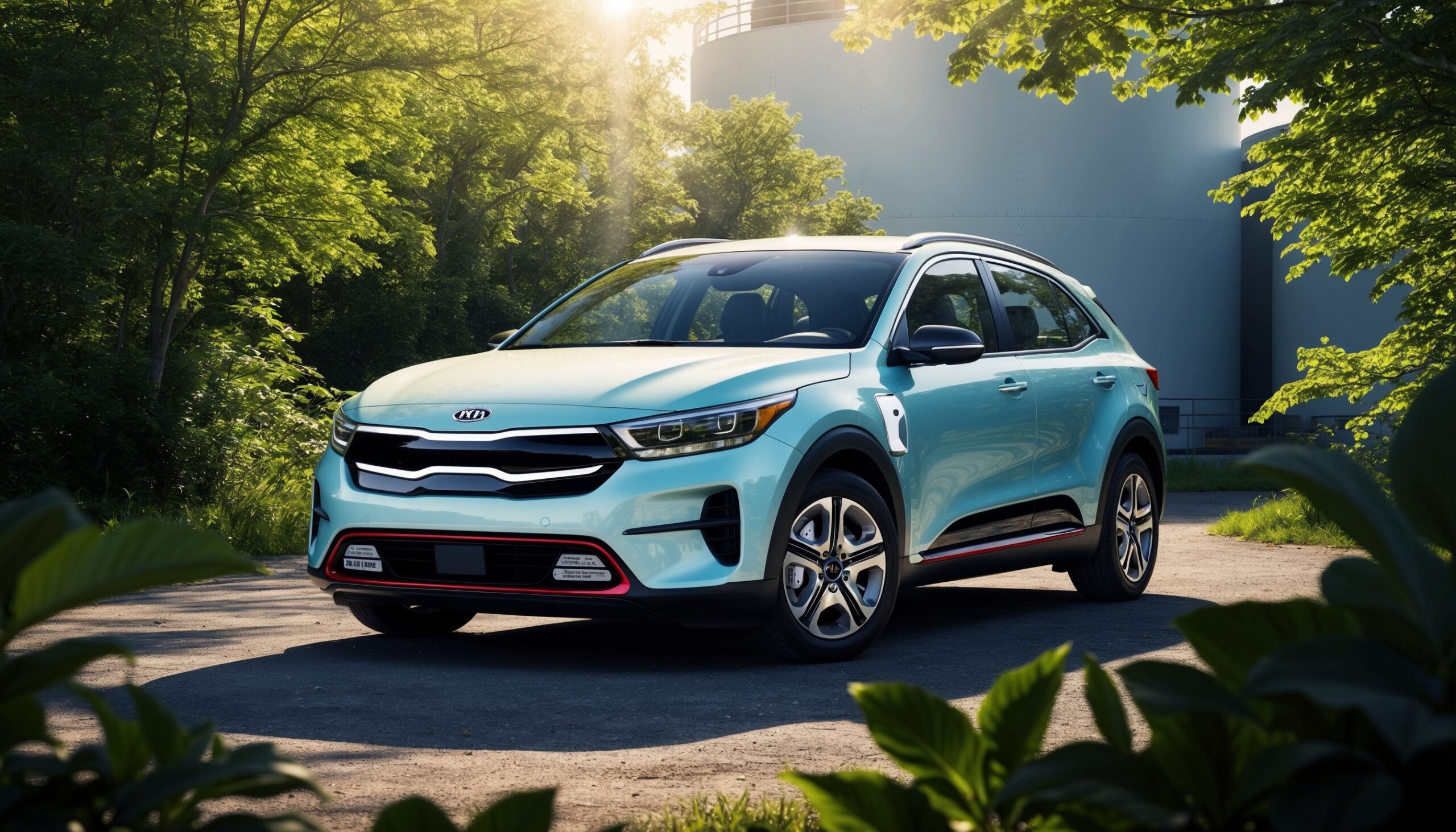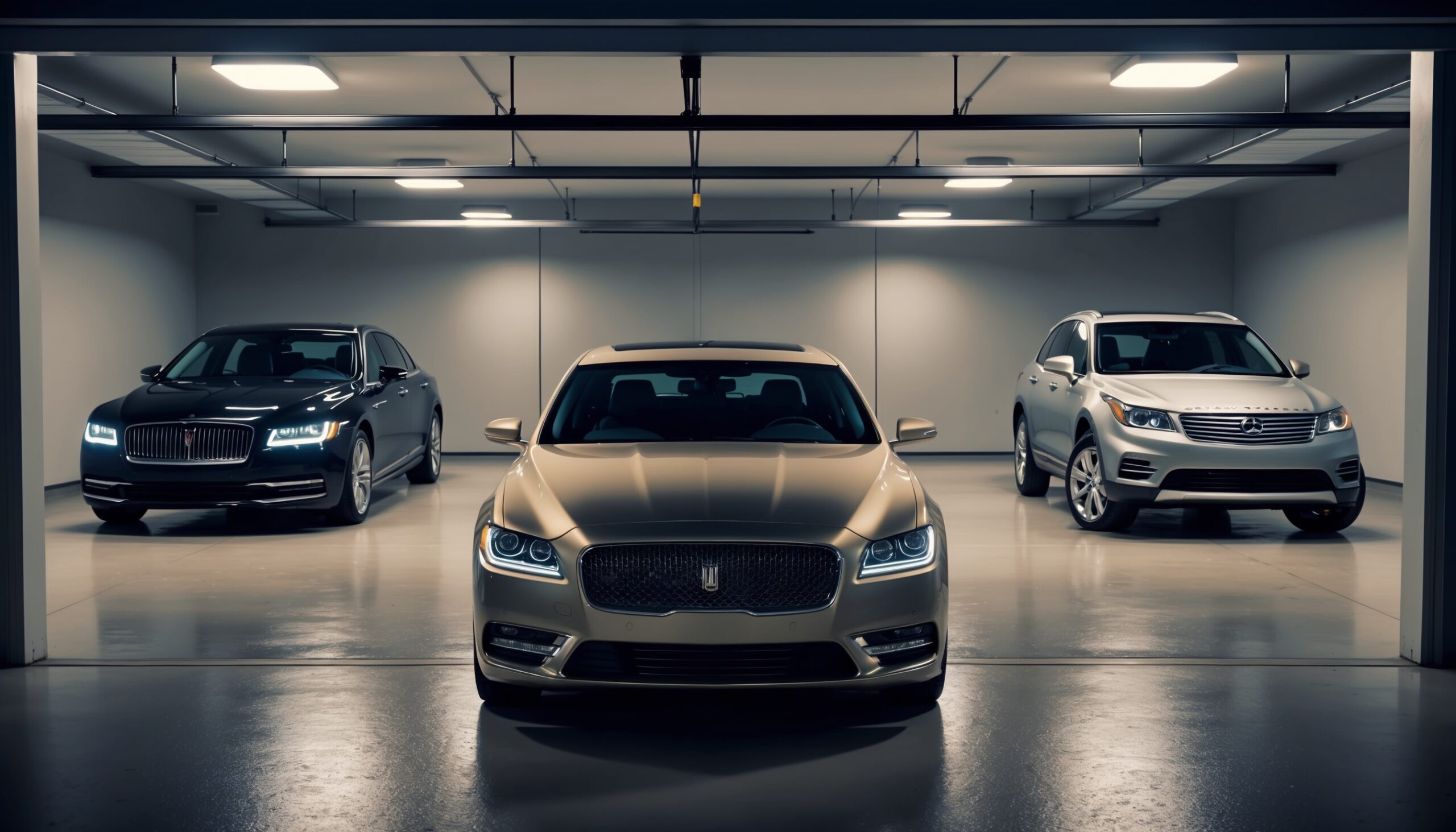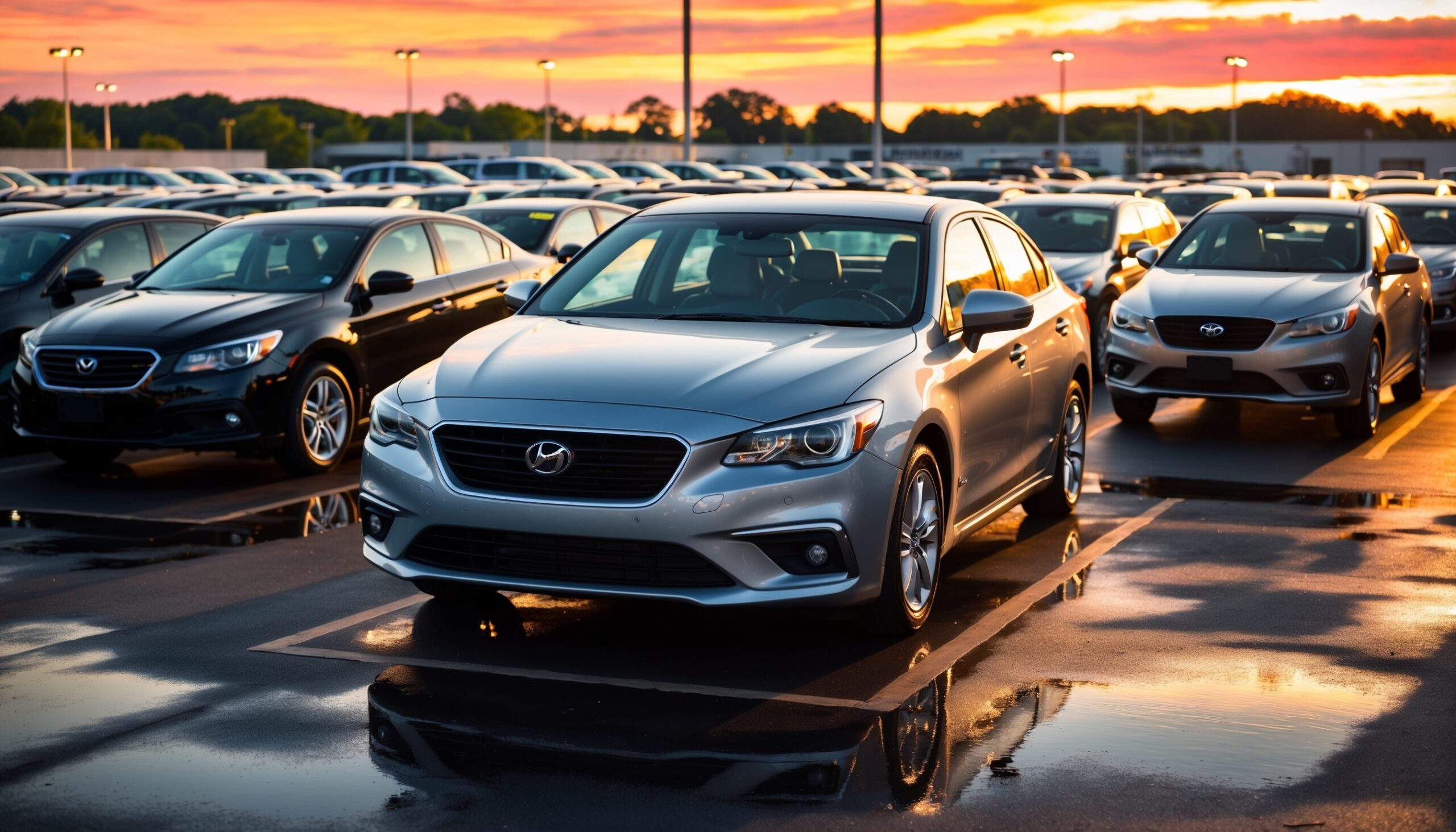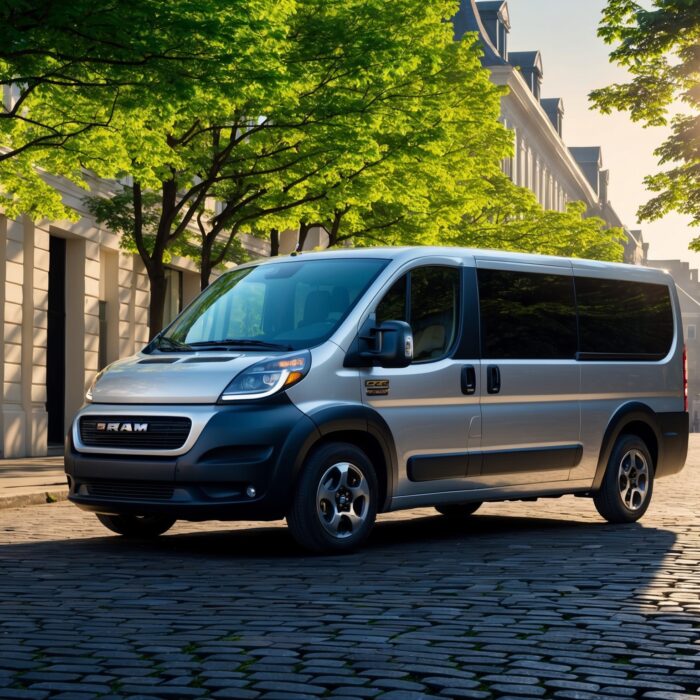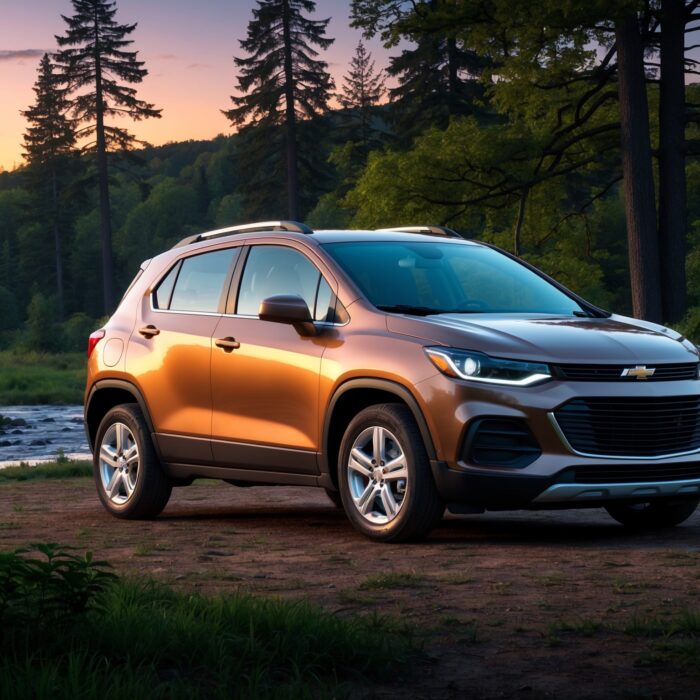Kia’s U.S. EV Expansion Stalled by Tariff Turmoil
The automotive landscape is evolving at a breakneck pace, with electric vehicles (EVs) leading the charge toward a sustainable future. Among the many players in this arena, Kia has emerged as a significant contender, boasting a lineup of stylish and efficient electric offerings. However, recent developments surrounding tariffs have thrown a wrench into Kia’s ambitious plans for U.S. EV expansion. Here at Torque Feed, we dive deep into the complexities of this situation, exploring how tariffs are impacting Kia’s strategy and what it means for enthusiasts and consumers alike.
A Quick Look at Kia’s EV Ambitions
Kia has made substantial investments in its electric vehicle lineup, positioning itself as a forward-thinking manufacturer dedicated to sustainability. The introduction of models like the Kia EV6 has garnered attention for its striking design, impressive range, and advanced technology. The company has set ambitious targets, aiming to become a leader in the EV segment by increasing production capacity and expanding its model offerings.
Current Lineup and Future Models
As it stands, Kia offers several electric models that have been well-received in the market:
- Kia EV6: A sleek crossover with a range of up to 310 miles and quick charging capabilities.
- Kia Niro EV: A compact SUV that balances practicality with efficiency, perfect for city dwellers.
- Kia Soul EV: The quirky hatchback that has become a favorite among eco-conscious drivers.
Looking ahead, Kia plans to introduce even more exciting models, including the much-anticipated EV9 SUV and potentially others that cater to various segments of the market. The goal is clear: establish a robust presence in the EV market, making electric mobility accessible and appealing to a broader audience.
The Tariff Landscape: A Complex Web
Before diving into the implications for Kia, it’s essential to understand the broader context of tariffs and trade policies affecting the automotive industry. Tariffs are taxes imposed on imported goods, which can significantly impact production costs, pricing strategies, and ultimately, consumer choices. For automakers like Kia, which relies on a global supply chain, these tariffs can create a complicated web of challenges.
Key Factors Behind Tariff Changes
Several factors contribute to the shifting landscape of tariffs that directly affect Kia’s operations:
- Geopolitical Tensions: Trade disputes between countries can lead to increased tariffs. For instance, the ongoing tensions between the U.S. and China have created uncertainty in various sectors, including automotive.
- Domestic Policies: Changes in government policies and priorities can lead to tariff adjustments that affect imports and exports. The current administration has been vocal about promoting domestic manufacturing, which can impact foreign automakers.
- Global Supply Chain Disruptions: The COVID-19 pandemic revealed vulnerabilities in global supply chains, prompting many companies to reassess their strategies. This situation has led to tariffs being imposed or adjusted as countries attempt to protect their industries.
Kia’s Challenges in the U.S. Market
With Kia’s EV expansion plans firmly rooted in the U.S. market, the implications of tariffs are particularly significant. Here’s how these challenges manifest:
Also Read: These Are Your Attainable Dream Cars
Increased Production Costs
As tariffs on imported components rise, Kia faces increased production costs. Many of the critical components necessary for EV manufacturing—like batteries and electronic systems—are sourced from overseas suppliers. When tariffs are imposed, these costs trickle down the supply chain, making it more expensive for Kia to produce its electric vehicles in the U.S.
Pricing Challenges
To maintain profitability, Kia may be forced to raise the prices of its EV models. This could make them less competitive against rivals that may not face the same tariff burdens. For consumers, this could mean higher upfront costs, which might deter potential buyers from making the switch to electric.
Also Read: This Chinese automaker just built a luxury EV that puts Mercedes on notice
Supply Chain Disruptions
The tariffs can also lead to supply chain disruptions, causing delays in production and delivery. For a company like Kia, which is trying to ramp up its EV offerings, any disruptions can have a cascading effect, impacting everything from manufacturing timelines to customer satisfaction.

Consumer Impact: What This Means for You
As Kia navigates these turbulent waters, it’s essential to consider how the tariff situation affects consumers. Here are some potential consequences:
- Higher Prices: As mentioned, consumers might face higher prices for Kia’s EVs, making it less attractive to switch from traditional combustion engines to electric models.
- Limited Availability: If production slows due to increased costs and supply chain issues, some models may become scarce, leading to longer wait times for eager customers.
- Market Competition: Consumers might find more competitive pricing and options from domestic manufacturers who may not face the same tariff-related hurdles.
Looking Ahead: Kia’s Strategy
While the current tariff environment presents significant challenges for Kia, the company is not sitting idle. Here’s how Kia is adapting its strategy to navigate these turbulent waters:
Investing in Local Production
One of the most effective ways to mitigate tariff impacts is to increase local production. Kia is reportedly considering expanding its manufacturing facilities in the U.S. to produce more components domestically. By doing so, the company could sidestep many of the tariff-related costs associated with importing parts.
Enhancing Partnerships
Kia may also look to strengthen partnerships with local suppliers and manufacturers. Collaborating with U.S.-based companies can help streamline production processes and reduce dependency on overseas components, thus minimizing tariff exposure.
Advocacy and Policy Engagement
Another avenue for Kia involves engaging with policymakers to advocate for fair trade practices. By actively participating in discussions around tariffs and trade agreements, Kia can help shape regulations that foster a more favorable environment for EV manufacturers.
Industry Reactions: What Experts Are Saying
The automotive industry is closely watching Kia’s moves amidst this tariff turmoil. Industry experts have varying opinions on how Kia should navigate these challenges:
- Analysts: Many analysts believe that Kia’s focus on local production is wise and necessary to remain competitive in the U.S. market. They suggest that investing in domestic facilities can significantly reduce the impact of tariffs.
- Consumers: Feedback from consumers indicates a strong desire for affordable EV options. Many potential buyers express concerns about rising prices and are urging manufacturers to find solutions that keep EVs accessible.
- Competitors: Rivals in the automotive space are also feeling the impact of tariffs, leading to a competitive environment where companies must innovate quickly to maintain market share.
The Bigger Picture: EV Adoption Trends
Despite the challenges posed by tariffs, the overall trend toward electrification remains strong. Consumers are increasingly aware of the benefits of EVs, from lower operating costs to environmental impacts. This broader trend is crucial for Kia as it navigates its expansion strategy.
Consumer Sentiment
Recent surveys indicate that consumer interest in electric vehicles is on the rise, with many individuals expressing willingness to consider EVs as their next vehicle purchase. This growing sentiment presents an opportunity for Kia, provided it can effectively manage the tariff-related obstacles in its path.
Government Incentives
Government policies promoting EV adoption, such as tax credits and incentives, continue to play a significant role in shaping the market. Kia can leverage these incentives to attract potential buyers, even if production costs are higher due to tariffs.
Final Thoughts on Kia’s Journey
As Kia navigates the complex landscape of tariffs and EV expansion in the U.S., it faces both challenges and opportunities. While the current tariff turmoil has stalled some of its plans, the company’s commitment to innovation and sustainability remains steadfast. Enthusiasts and consumers alike should watch closely as Kia adapts to these challenges, potentially emerging even stronger in the electric vehicle market.
At Torque Feed, we’re excited to see how these developments unfold and what they mean for the future of electric mobility. Will Kia overcome these hurdles and solidify its position in the U.S. EV market? Only time will tell, but one thing is certain: the journey is bound to be thrilling.

